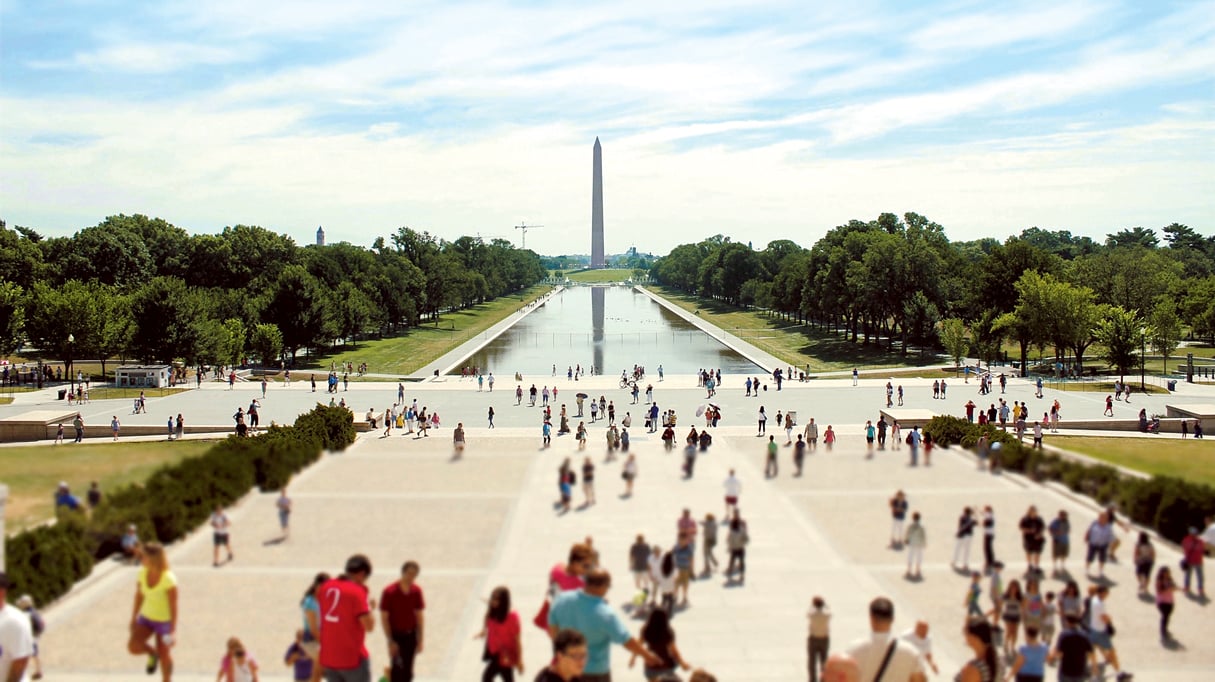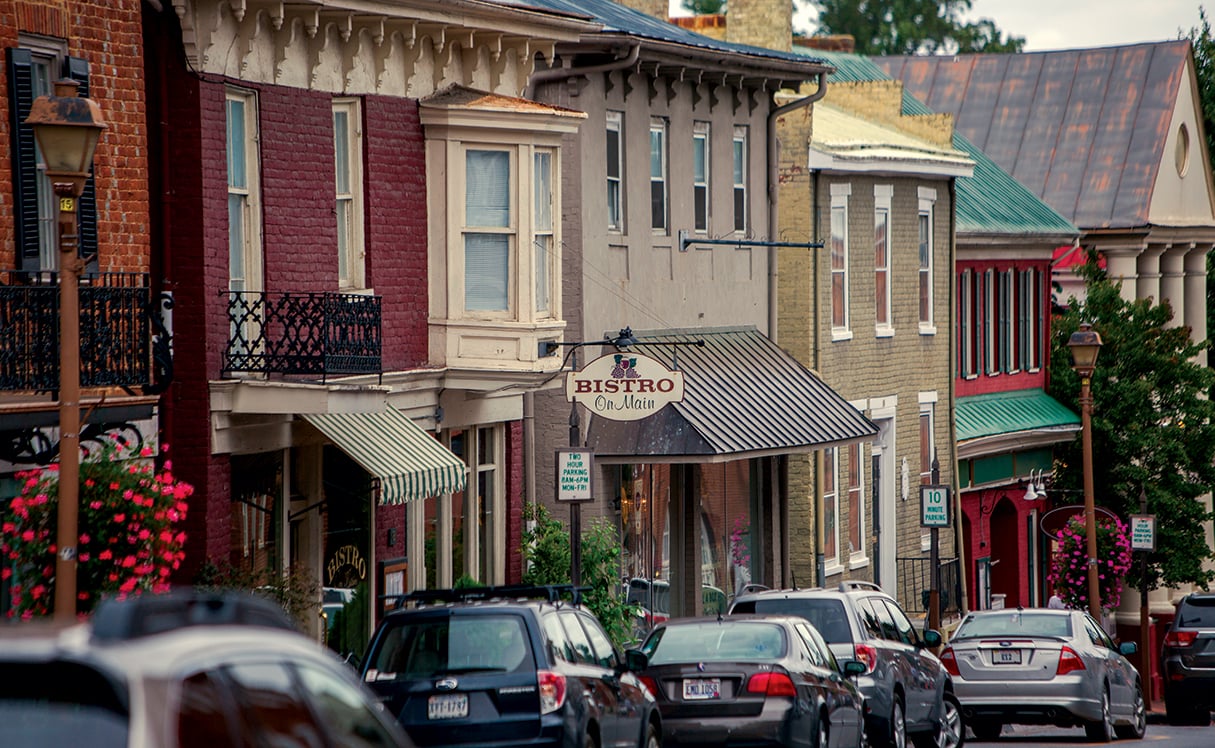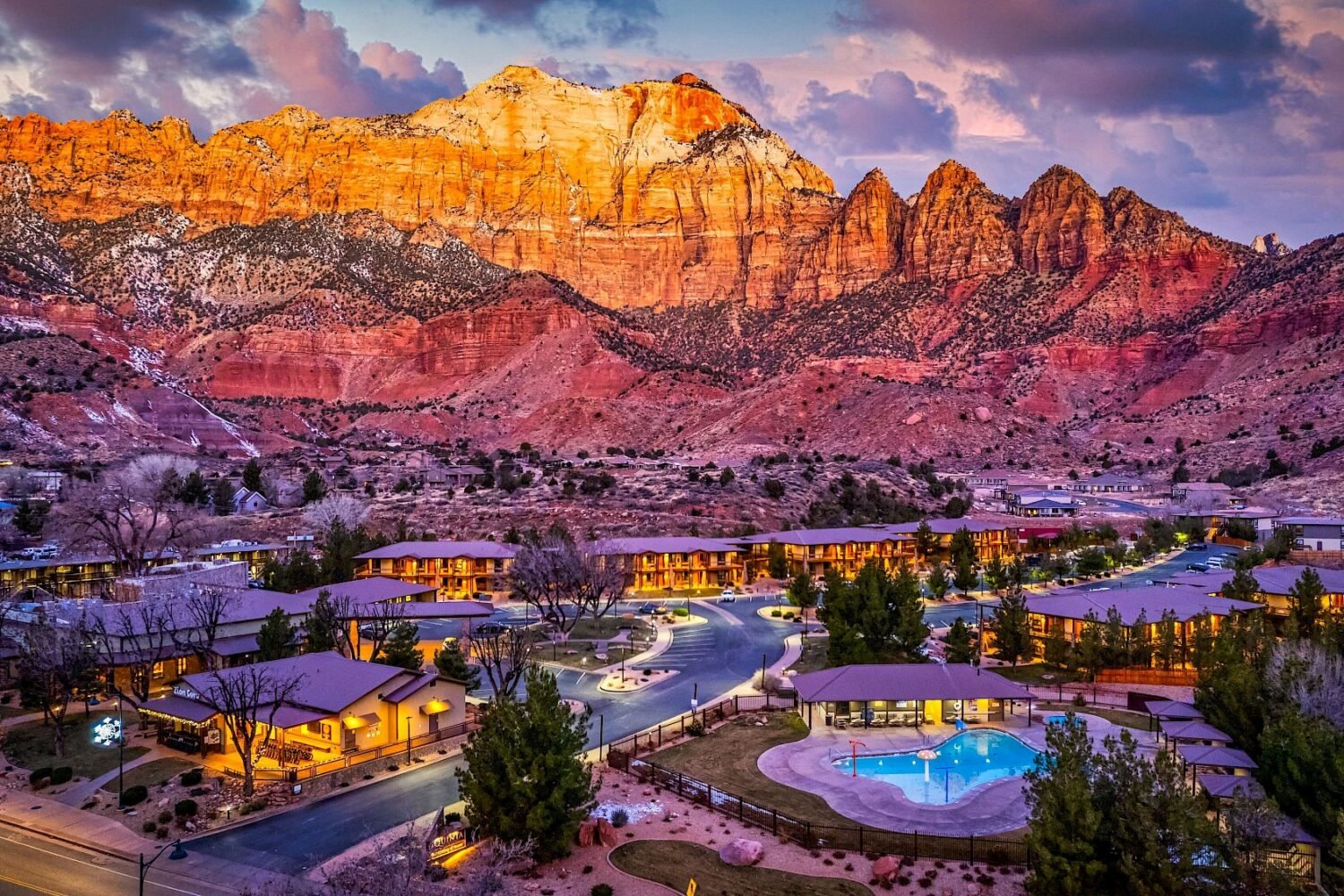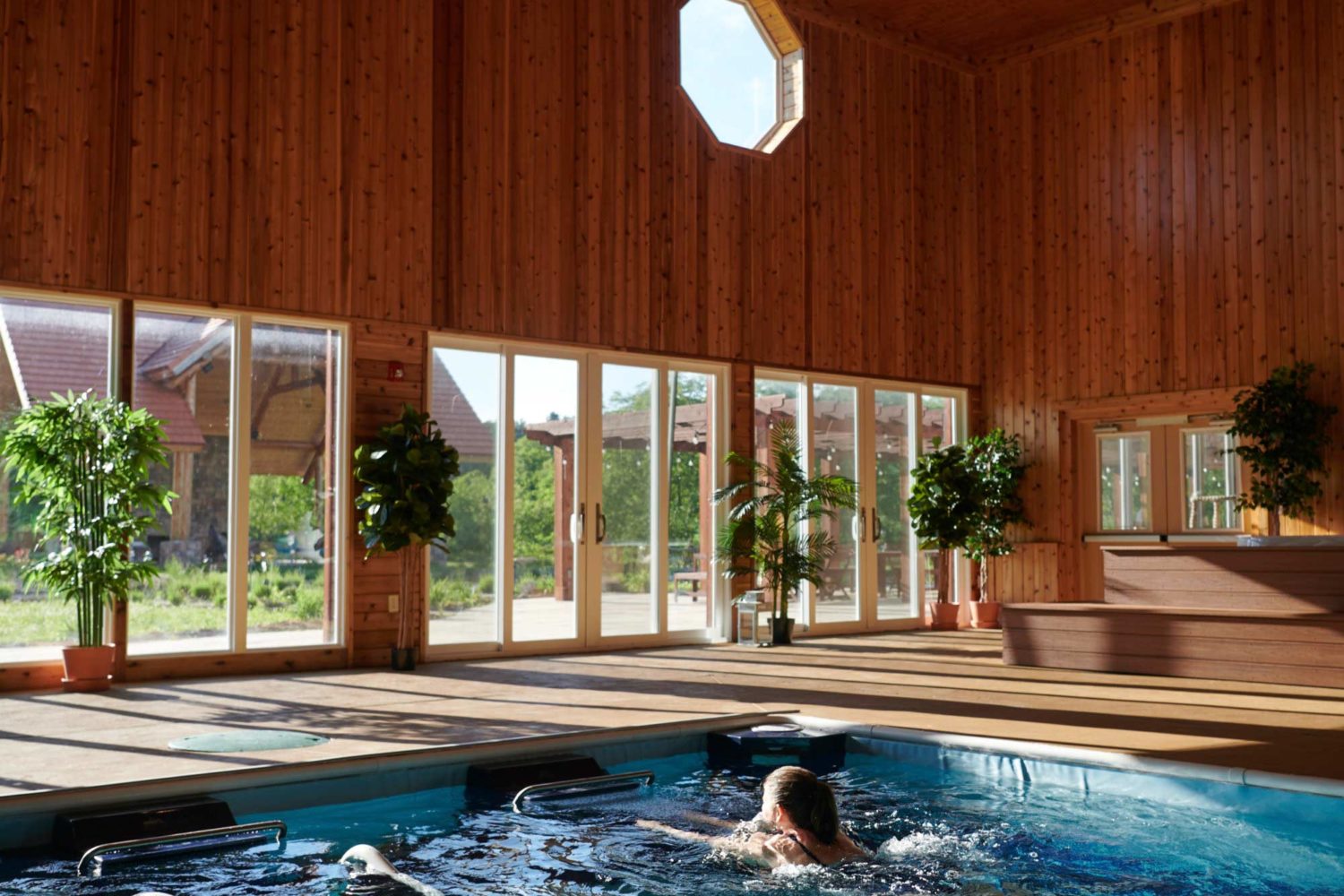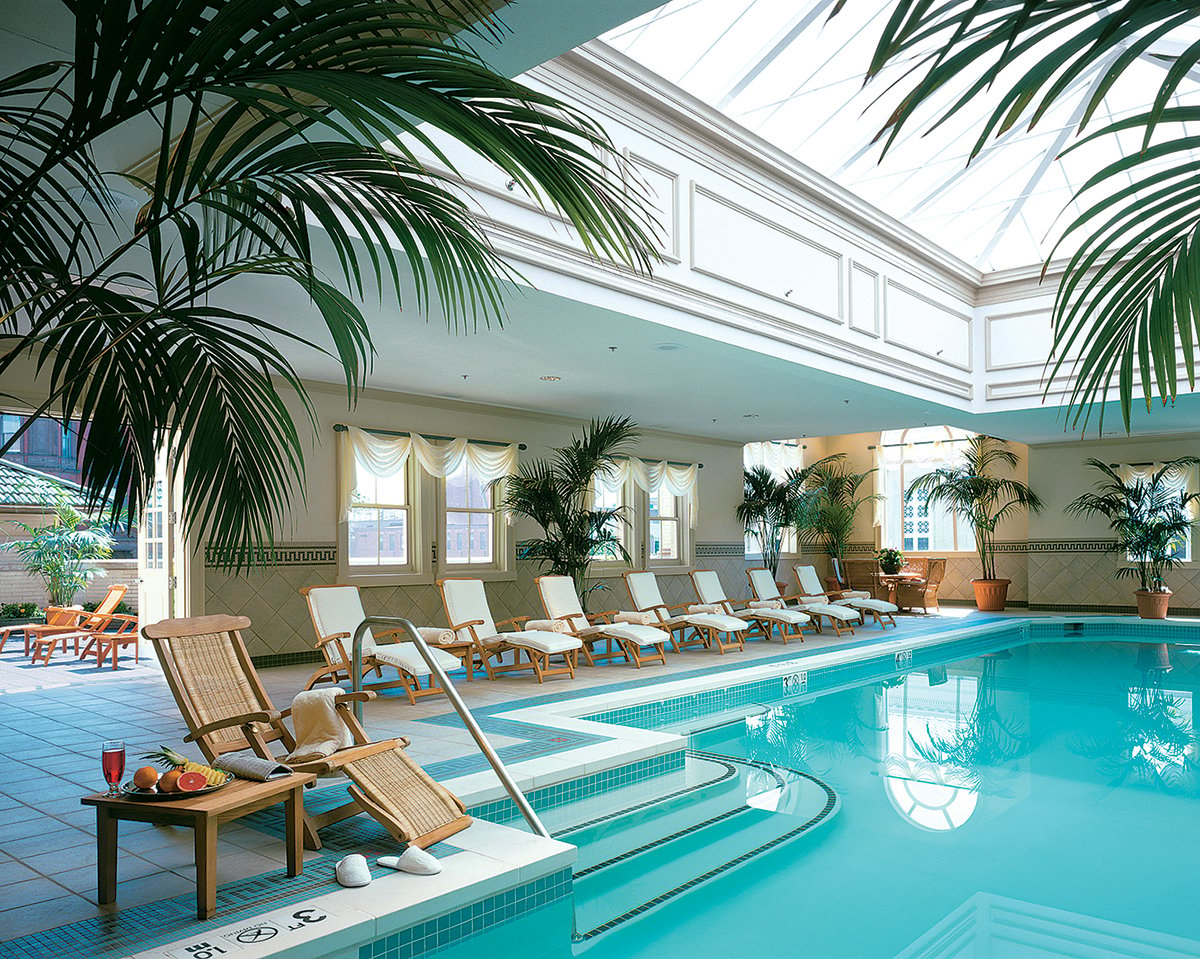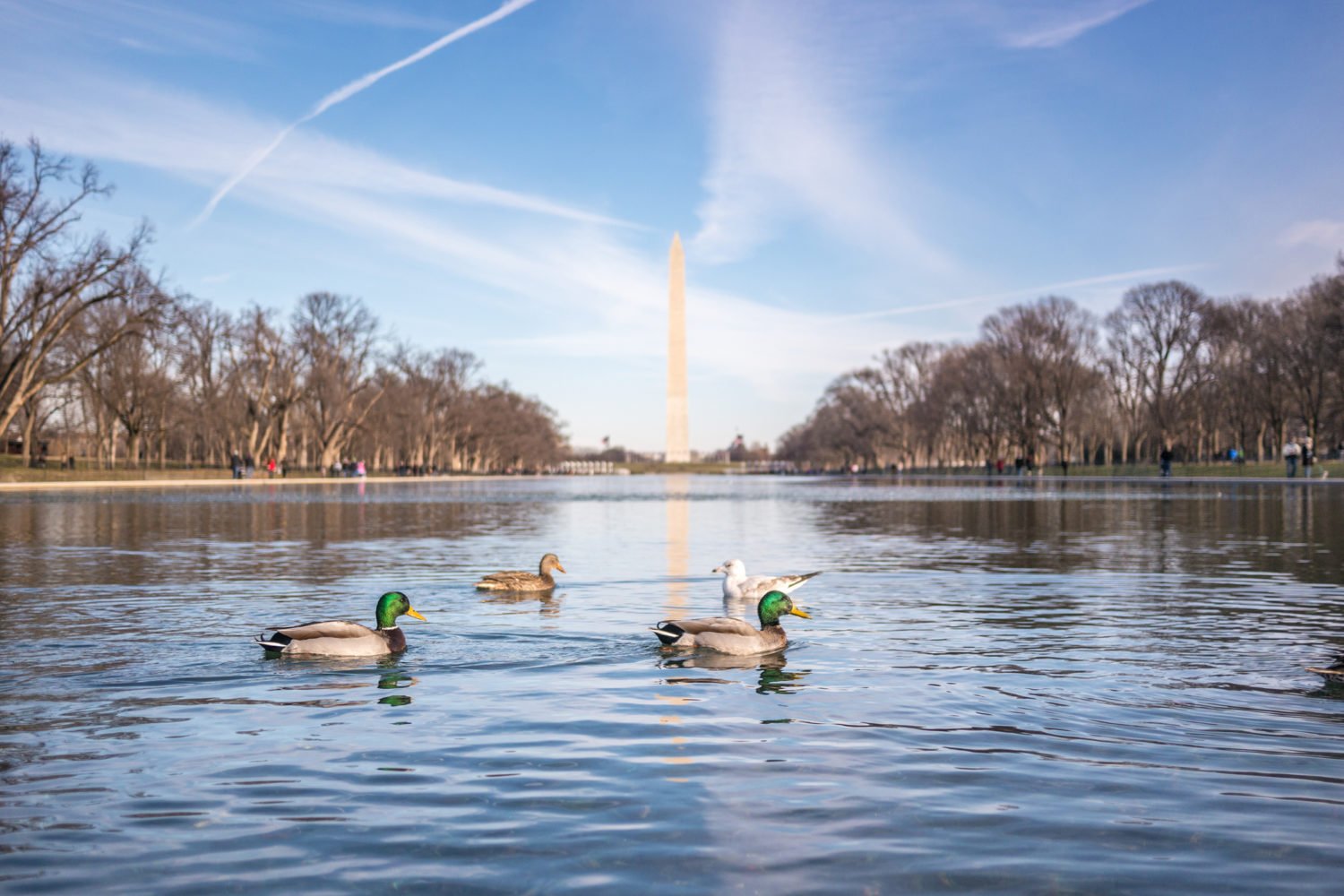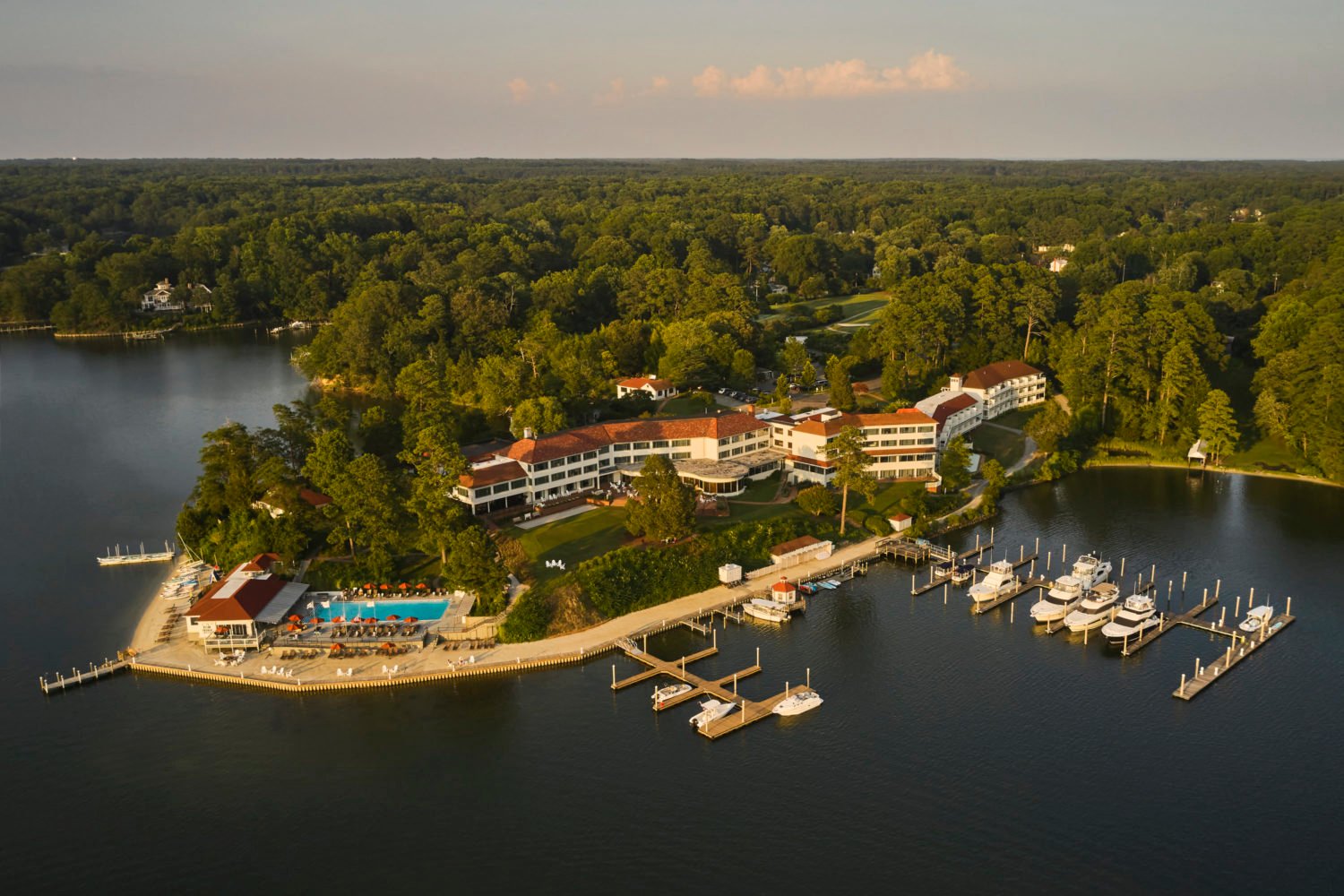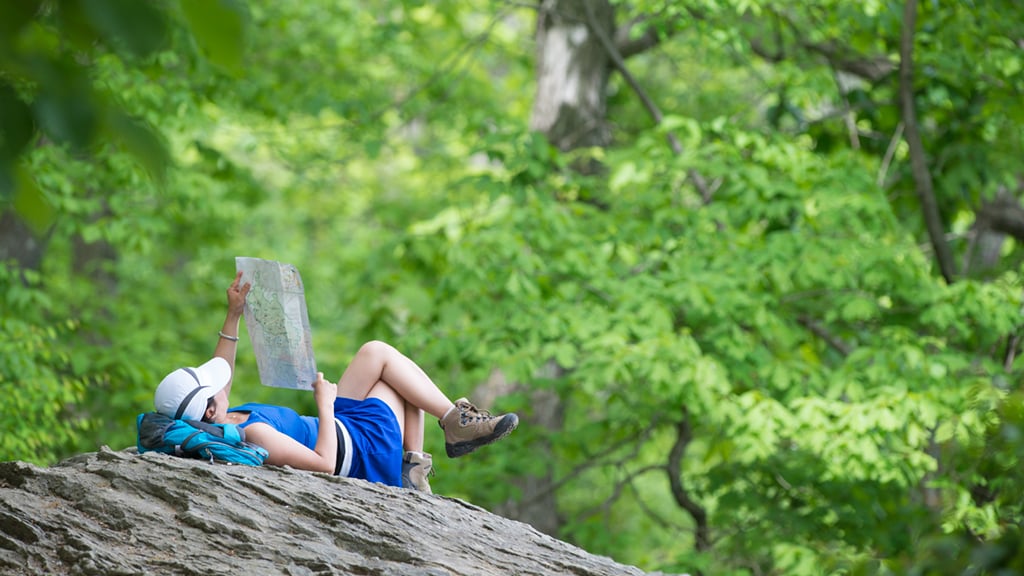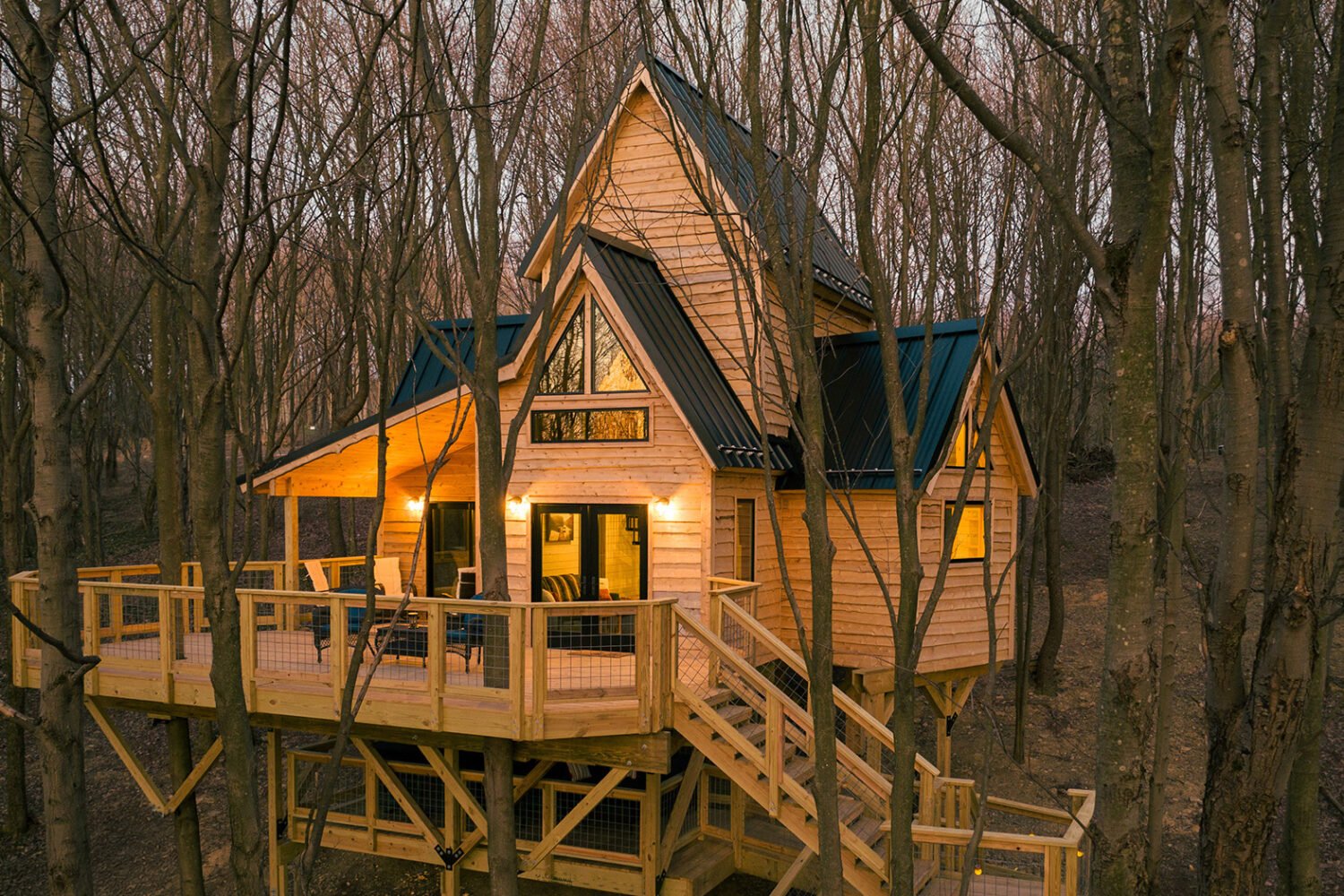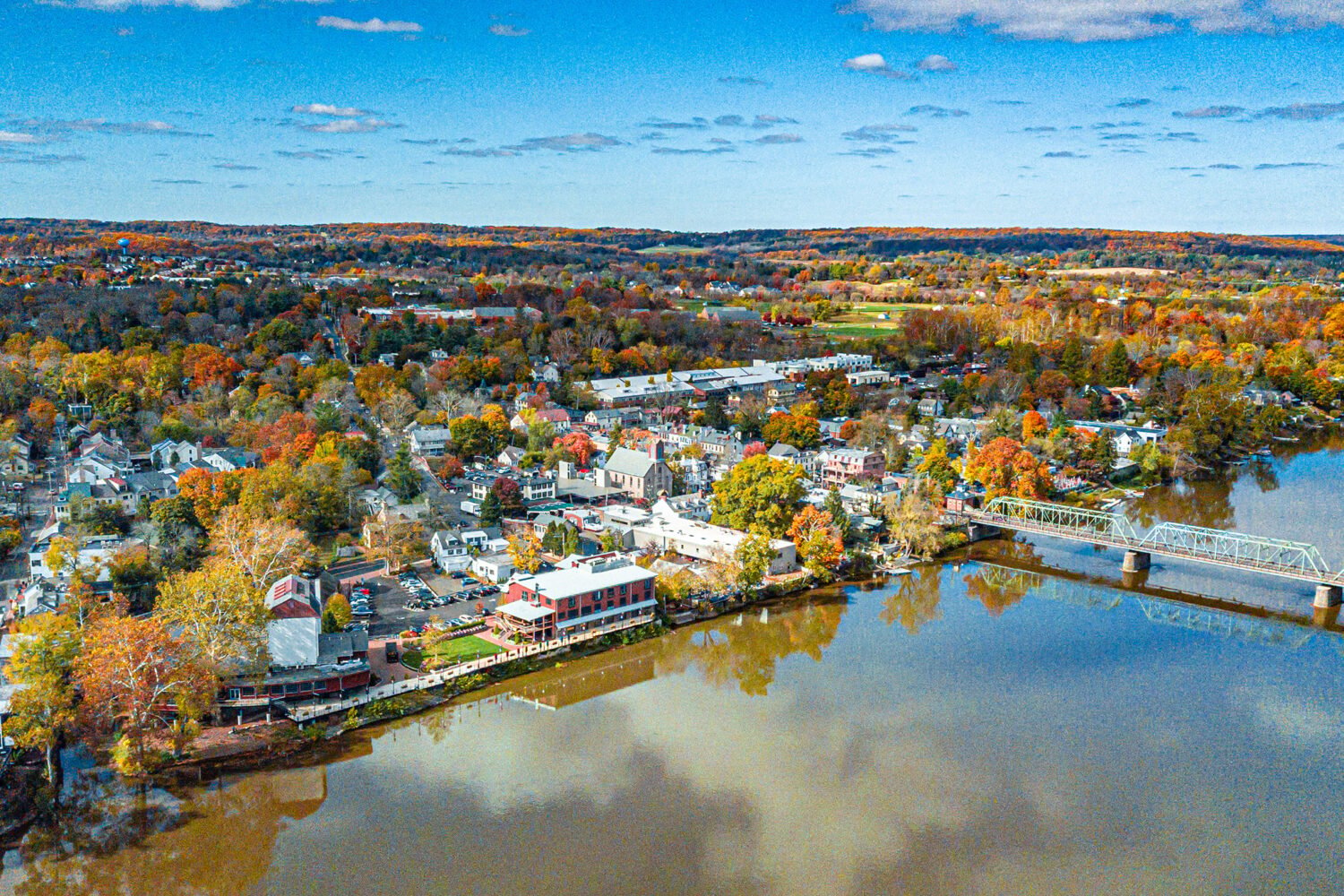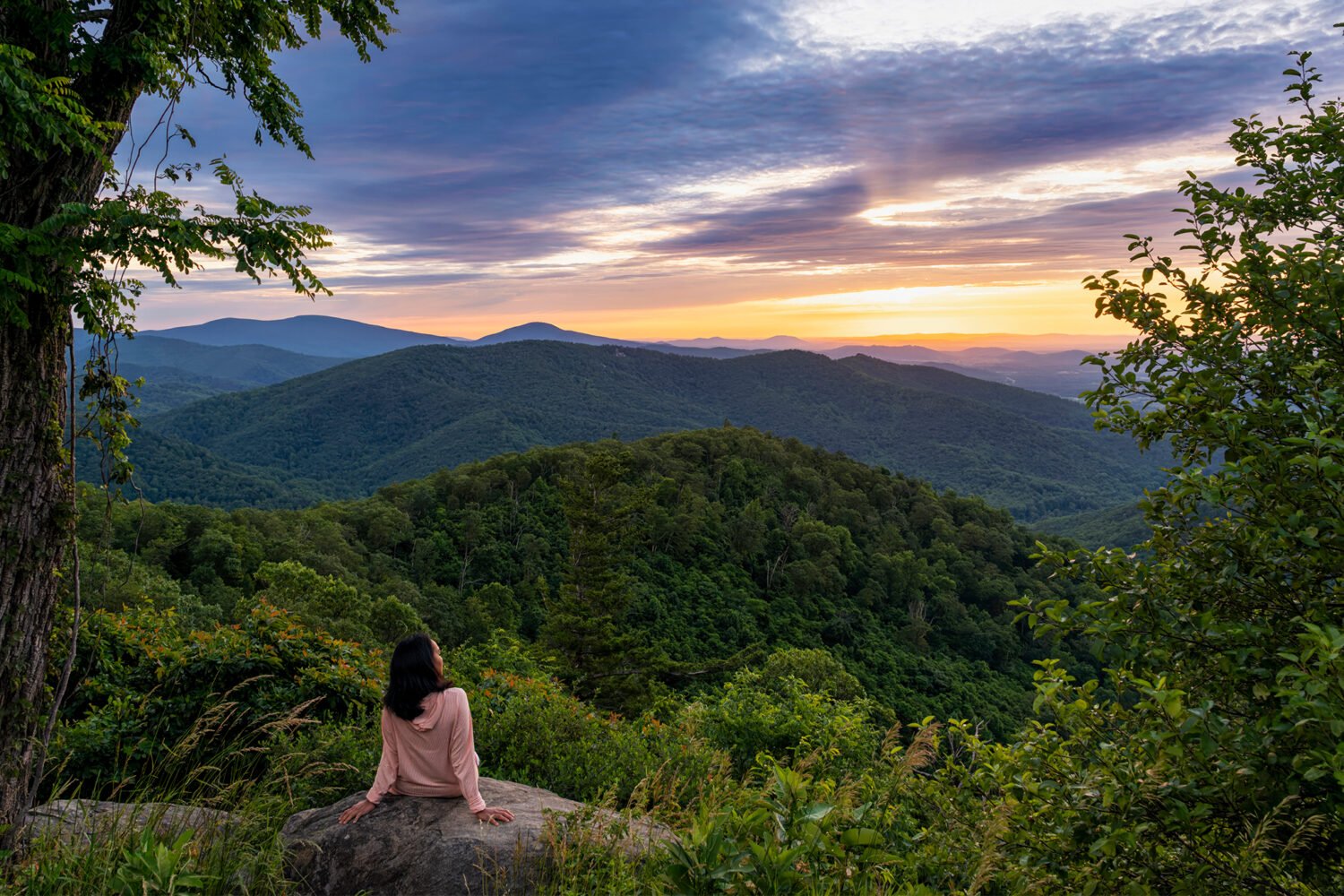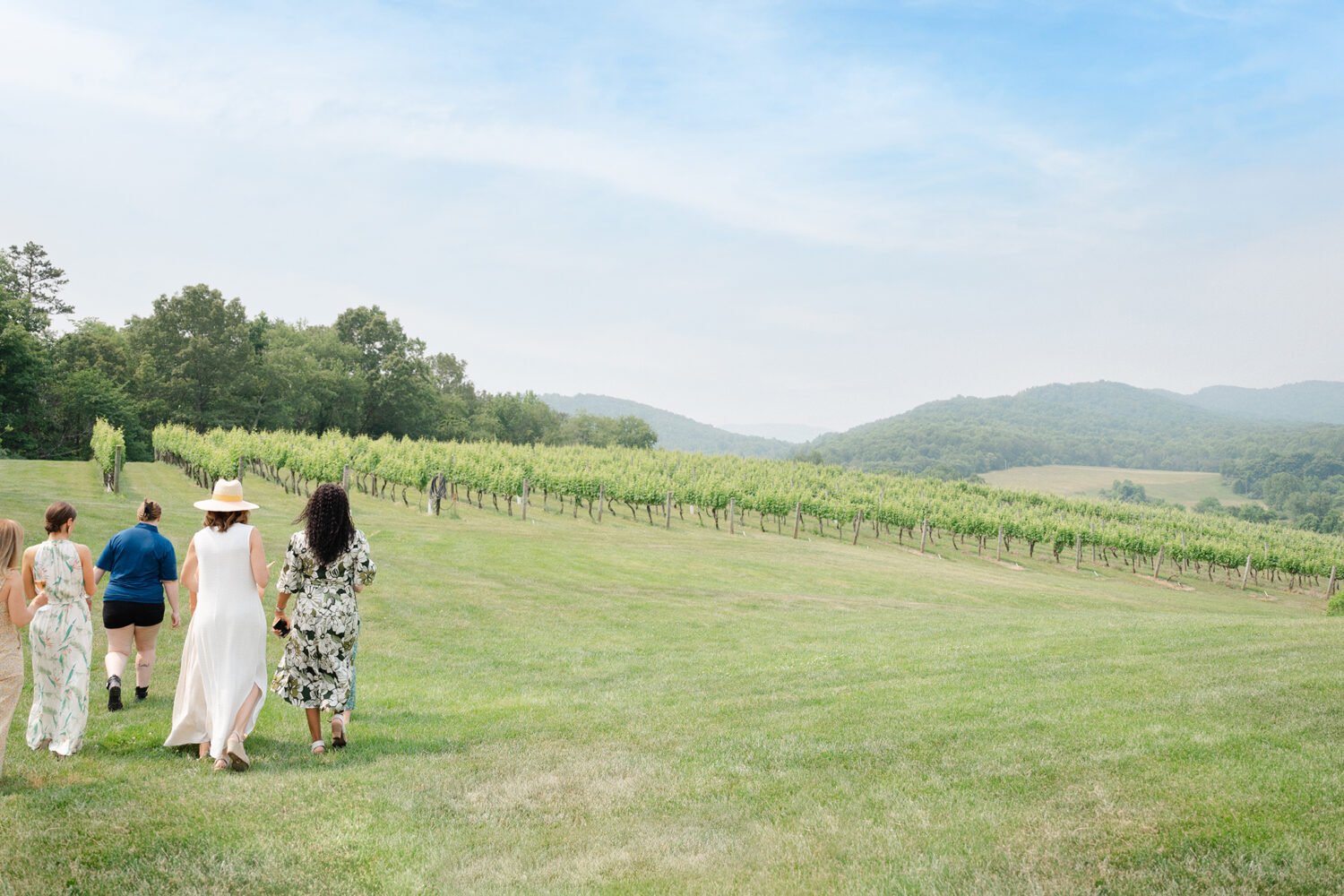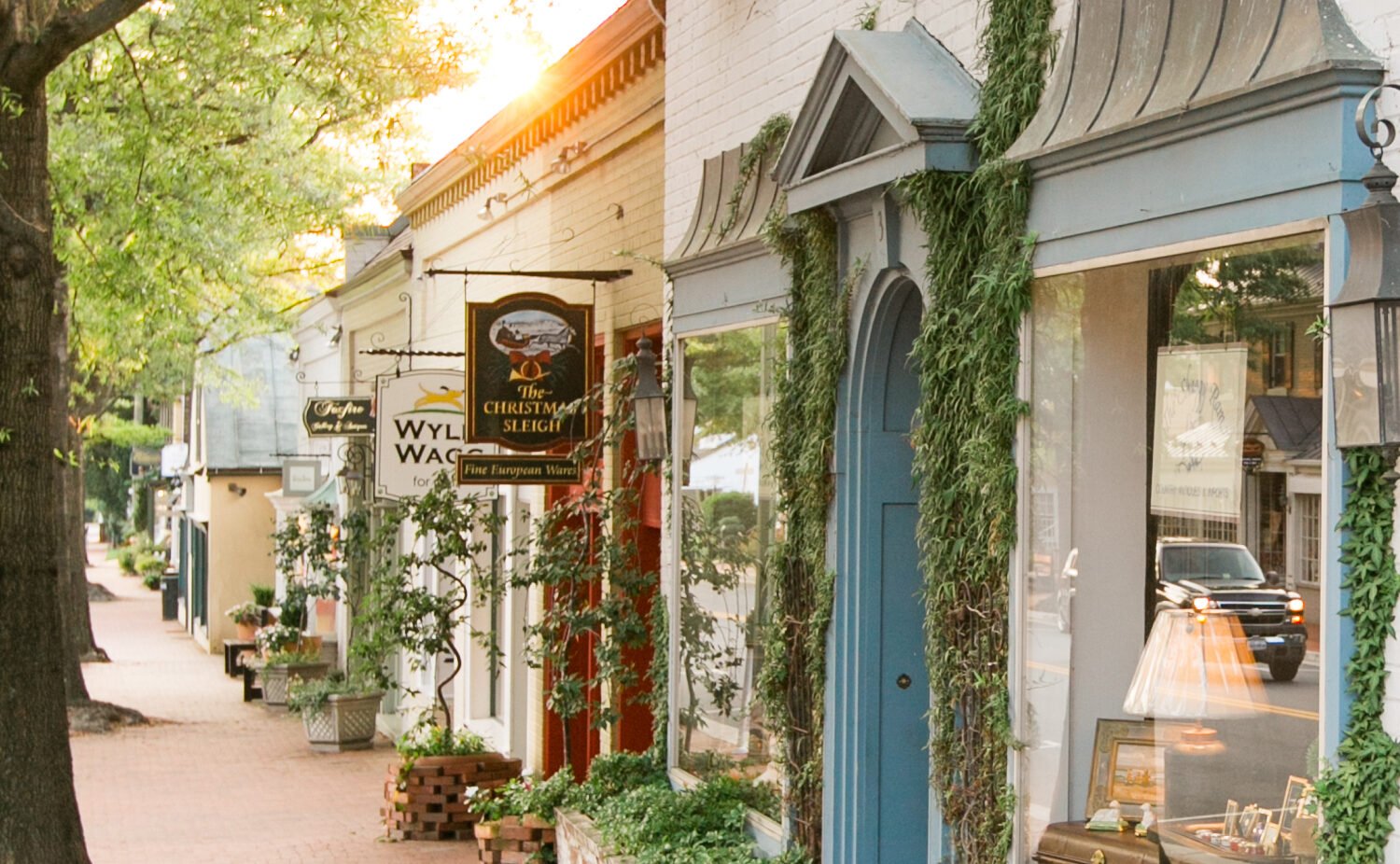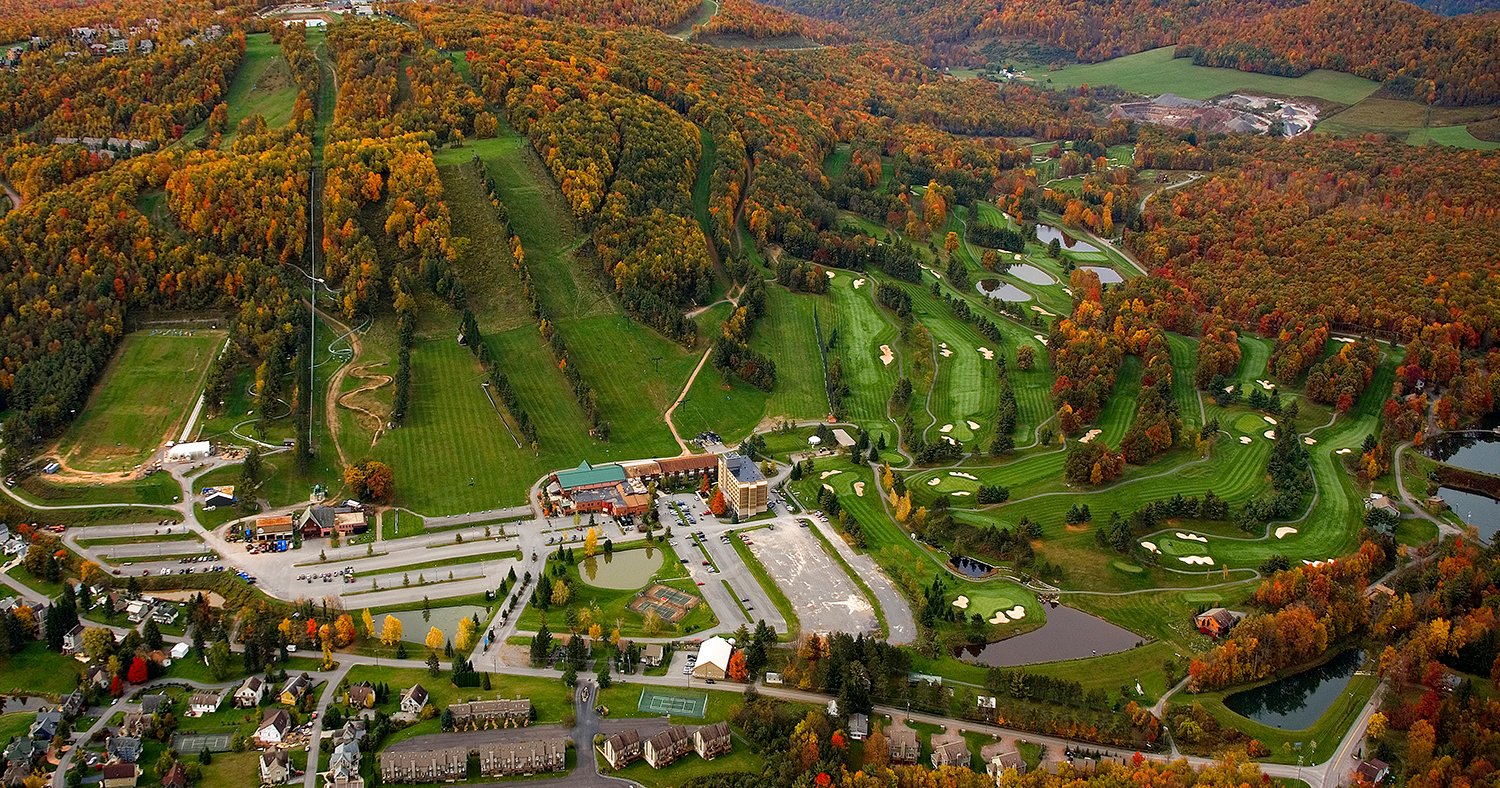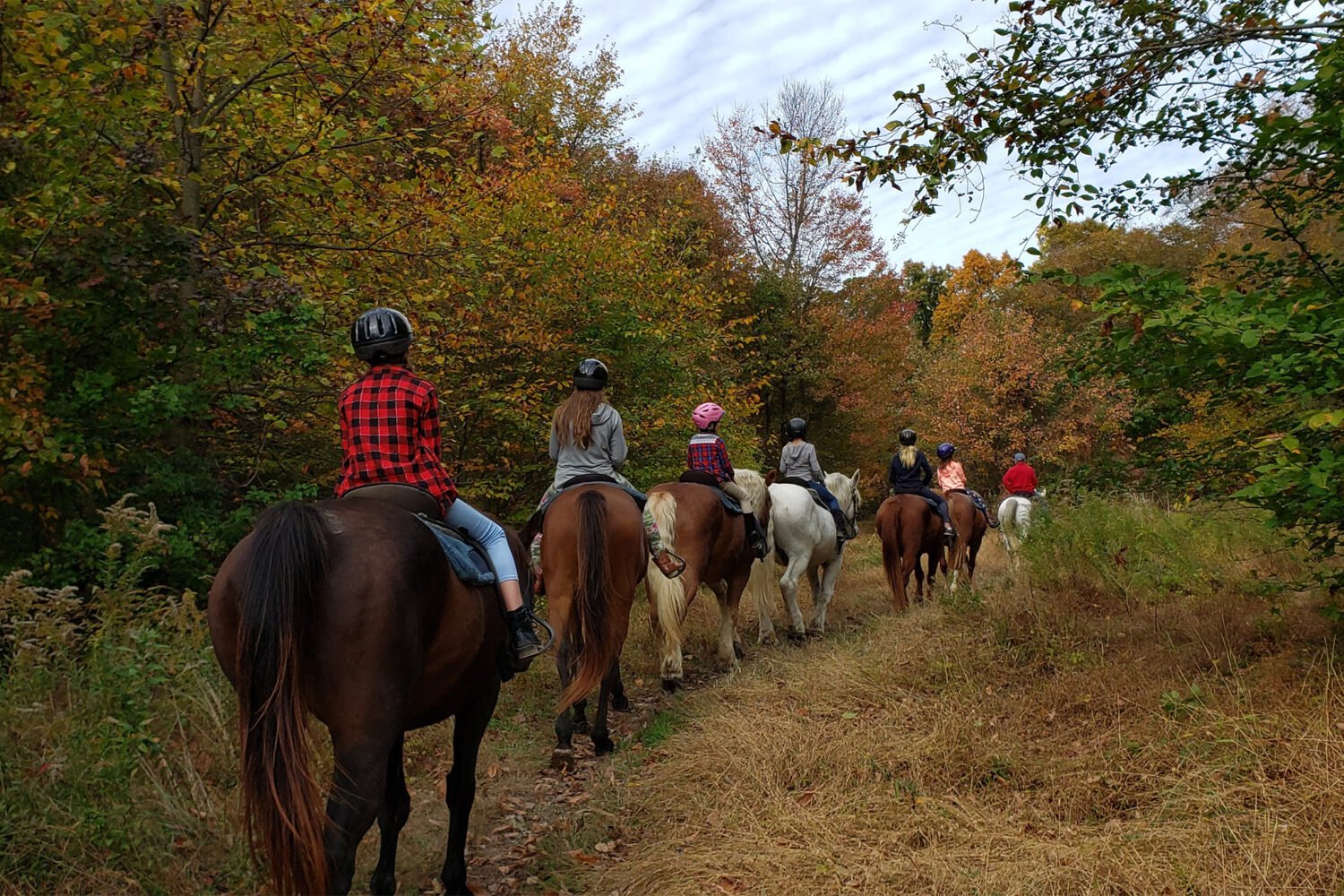It’s one of the area’s classic strolls: Walking the National Mall’s full length, from the US Capitol all the way west to the Lincoln Memorial. But time it wrong and for much of those two-plus miles you’ll be threading your way through tourists. Our advice? Follow this route, about 3½ miles long and all of it west of 14th Street, to take in the Mall’s monuments as well as secluded green spaces. (Think you’ve already been there, done that? We threw in some fun trivia that even the most longtime resident may not know.)
Start from the base of the Washington Monument, where you can also get a view of the White House to the north. Looking up at the monument, you’ll notice the famous change in color one-third of the way up—from an ivory white to a darker marble. Blame Pope Pius IX: After a call went out for donations of money and memorial stones to enhance the monument’s interior, the Vatican donated a three-foot slab in 1854. Members of the Know-Nothings, an anti-Catholic political party, protested by raiding the unfinished obelisk and, supposedly, dumping the stone into the Potomac, angering Congress and ultimately halting construction. When work resumed more than 20 years later, construction crews had to use another source for the marble, resulting in the color difference.
Head west to the National World War II Memorial, and keep your eyes peeled for two KILLROY WAS HERE doodles, engraved—and hidden—by the memorial’s designers (Hint: Look for the golden gates near the Delaware and Pennsylvania pillars.) The cartoon figure with a long nose, pictured peeking over a wall, was popularized by American servicemen in World War II.
Just to the north is Constitution Gardens, once one of the most forgettable sites on the Mall and now one of its most contemplative, with pathways lined by hundreds of red maples. Dedicated in 1976 as part of the US bicentennial celebration, the pond and gardens were constructed on the site of the Main Navy and Munitions Buildings, concrete structures built during World War I. To reach the gardens from the WWII memorial, walk over a short levee, built in the 1930s to protect the city from the Potomac’s flooding. (The gardens are at the northern end of what was once a tidal wetland, the Potomac Flats.) Cross a short bridge on the pond’s northern side to an island commemorating the 56 signers of the Declaration of Independence; their signatures are grouped by state.

From the gardens, you can continue on to two of the Mall’s best-known sites: the Vietnam Veterans and Lincoln memorials. Pause in front of the Vietnam memorial’s polished granite to see yourself reflected among the names of those missing or killed, or continue on to the Lincoln, where most tourists miss the “I have a dream” inscription, 18 steps below the memorial’s top landing, which marks where Martin Luther King Jr. stood to give his 1963 address. From the top, walk around the side of the memorial for a view of Arlington National Cemetery and Arlington House—a.k.a. the Custis-Lee Mansion—General Robert E. Lee’s former hilltop home. You can rest here to watch the river or read a book, or walk on to the Korean War Veterans Memorial, where it seems as if one of the 19 soldier statues always has his eyes on you as you proceed up the path.
Head east again. Between the Reflecting Pool and Independence Avenue, you’ll come across a bandstand-style structure; this is the DC War Memorial, the only local memorial—and World War I memorial—on the Mall. You could picnic here or cross the street and find a patch of grass around the Tidal Basin. Making the mile-and-a-half loop around the basin allows you to see the Martin Luther King Jr., FDR, and Jefferson memorials.
Leaving the Tidal Basin, check out the Floral Library, a 93-bed garden where thousands of tulips and annuals have been planted each year since 1969. It’s a good spot to rest your legs and, yes, stop and smell the flowers.
Go Back to Our List of Great Walks ››
This article appears in our May 2015 issue of Washingtonian.

